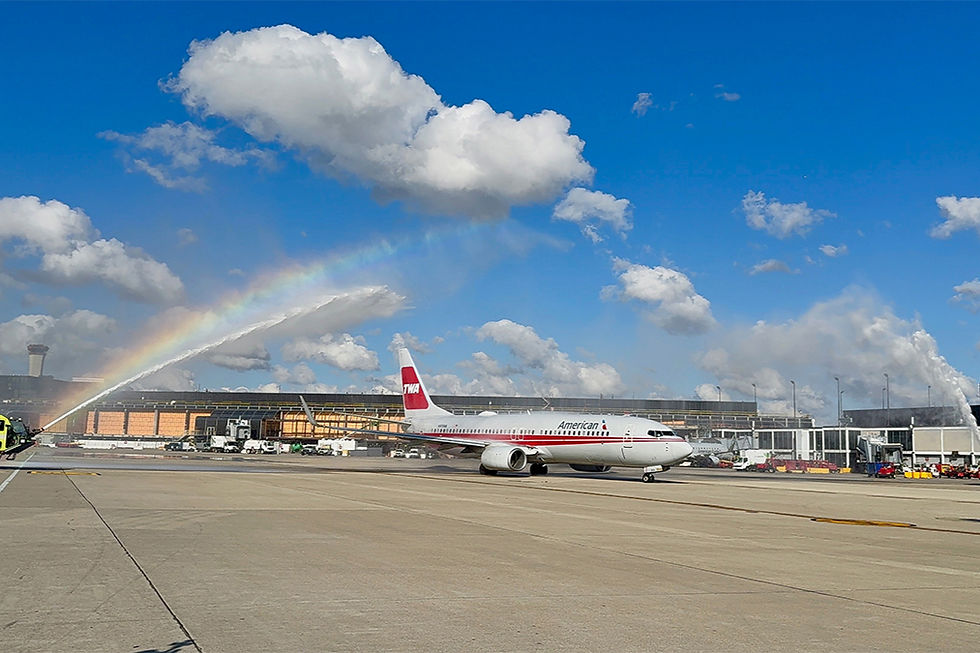Remembering Captain Al Haynes
- Joe Breitfeller

- Sep 2, 2019
- 2 min read
Legendary United Airlines Flight 232 Captain Al Haynes died in Seattle Sunday at 87, leaving behind a legacy of excellence in aviation and crew resource management.

On July 19th, 1989 United Airlines Flight 232, a McDonnell Douglas DC-10 enroute from Denver to Chicago, experienced an uncontained engine failure in the number two (tail) engine. A defect in the titanium fan disc in the engine caused it to disintegrate mid-flight. The shrapnel from the engine compromised all three hydraulic systems onboard, rendering the aircraft “unflyable.” At the time of the engine failure, First Officer William Records was at the controls and Captain Haynes was the pilot monitoring. Second Officer Dudley Dvorak was at the engineer’s position. Captain Haynes took control of the aircraft and began to use variations in throttle position on the remaining engines to stabilize the aircraft. Shortly thereafter Captain Dennis “Denny” Fitch, a DC-10 instructor, joined the flight deck and assisted Captain Haynes with the throttles.
All four pilots worked together to control the aircraft, which was diverted to Sioux City, Iowa for an emergency landing. Without the ability to configure the control surfaces for landing, the crew had to maintain a very high speed to remain aloft, ultimately landing at around 250 miles per hour. Miraculously 184 of the 296 passengers and crew survived the accident. Captain Haynes is credited with using effective command, leadership and resource management or crew resource management in saving these lives. At Sioux City, they were able to muster all available resources including the airport rescue and firefighting team (ARFF), surrounding fire companies, Army National Guard, trauma hospitals, clinic personnel, state police, United Airlines representatives and even housing at the local college for passengers. As Captain Haynes mentioned in a later interview, you can never be ready, but you can be prepared. In a press release, United Airlines CEO Oscar Munoz stated,
“The United family bids farewell to one of our greatest, and a legend in aviation. Thirty years since he helped save 184 lives, Captain Al Haynes’ name is synonymous with skill and grace under pressure. His more than three decades of service, as well as his dedication as a mentor, ensures his legacy will live on in generations of aviators he taught and inspired. The United family was blessed to have him onboard – on that fateful day and every day he served with us. Godspeed, Al.”
We join the team at United Airlines and the entire aviation community in mourning the loss of a true aviation hero.
Source: United Airlines


